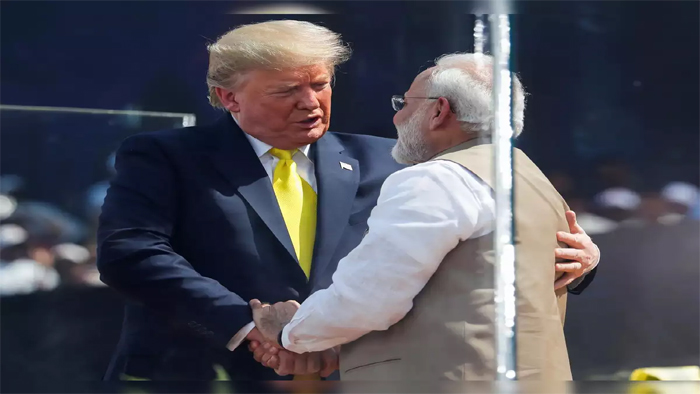New Delhi: On May 23, The Trump administration claimed in court that it was their tariff threats that led India and Pakistan to establish a ceasefire on May 10, which India refuted by saying the cessation of hostilities resulted from bilateral talks. On May 7, after Operation Sindoor by India, a ceasefire took place in response to the Pahalgam attack from April 22, in which 26 innocent people died. By participating in these talks, Trump averted the major conflict that might have resulted from nine attacks and three cross-border strikes in Pakistan, says Lutnick.
The administration argued that tariffs are vital in trade and said weakening presidential tariff powers could upset the precarious ceasefire. Instead, the court confirmed on May 28 that Trump’s April 2 tariffs, which were put on hold a week afterwards, constitute an overreach of his power. On May 29, the Ministry of External Affairs spokesperson Randhir Jaiswal made it clear that trade and tariffs were not part of the talks with U.S. leaders in May. S. Jaishankar pointed out that the ceasefire was agreed upon by the Directors General of Military Operations (DGMOs) from both nations at 3:35 p.m. on May 10.
The Trump team argued, led by Marco Rubio and Scott Bessent (Secretary of State and Treasury), that the tariffs contributed to China entering a 90-day trade truce with the US. However, India said these negotiations were simply a response to its strike, with Jaishankar adding, “The Indian military forced Pakistan to suggest a stop.” Many users on X were unconvinced, sharing posts like @mr_mayank’s, which asked, “He is clearly undermining PM Modi; will Modi speak up now?” Congress urged that all parties meet to challenge Trump’s statements, leading Jairam Ramesh to raise questions on India letting outside mediators take part.
As the U.S. court prepares its ruling in a few weeks, small businesses have joined the debate on presidential authority, while India stresses that it favours dealing directly with Pakistan. The episode demonstrates the interconnectedness and mutual influence of trade, diplomacy, and regional security.



Comments are closed.